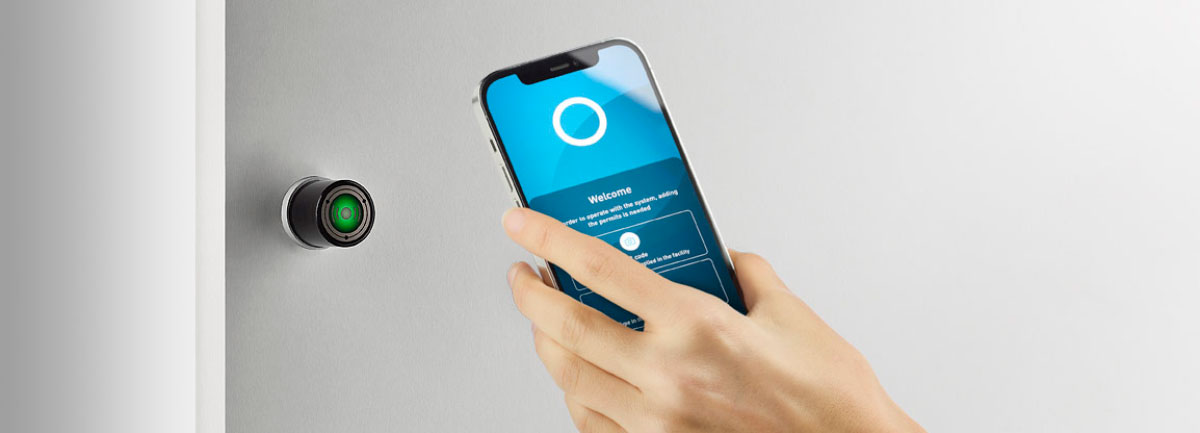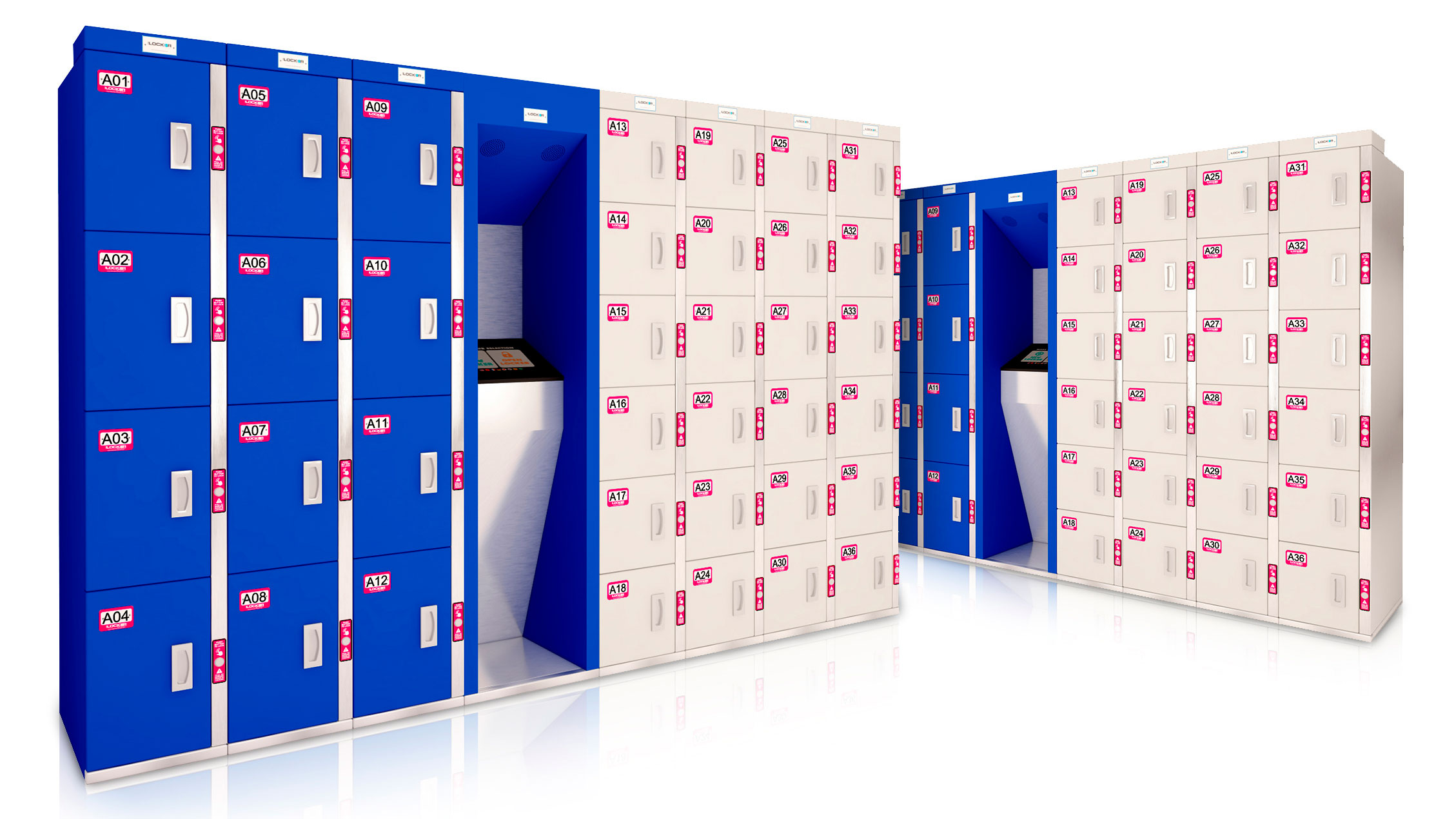We are going to review the different types of electronic lockers, excluding those with traditional manual opening (with key, combination or padlock), which are approaching disuse in leisure and tourism projects such as water or theme parks.
The first self-locking lockers (battery-equipped) emerged to replace a padlock. They only offer locking functionality via a numerical code selected by the user or pre-assigned via an RFID (Radio Frequency Identification) chip embedded in a wristband or card.
Self-locking lockers operate in free selection mode, by permanent assignment or on a rental basis. They are programmed and the battery is serviced individually. In general, this is a system that does not allow precise control of the number of occupied lockers, the duration of their occupation, the number of lockers used by a user, or global openings, etc.
The situation changes when communication systems are added to this type of locking system: Bluetooth, NFC (Near Field Communication) and RFID systems (such as Mifare). In this case, they become fully controllable systems from a communications centre as if they were physically connected to it by cable. With this, it is possible to know the occupancy and battery status of each locker, and to unlock them remotely, among other functions. One of its great advantages is the ease of installation of the system in existing lockers.
However, they do have the disadvantage of being dependent on batteries (typically 4 x AA). Although they are guaranteed to last 8 years, their replacement could involve hours of work and represent a problem from an ecological point of view. In case of a rental and card payment operation model, this would be done at a central console, which would partially reduce the advantage of individual and independent operation.

Networked lockers have the same functionalities. However, they are controlled from a central panel or via a mobile app. They have the advantages of not relying on batteries and offer greater reliability in communications. This makes them more secure in exposed locations, which is why they are used especially for parcel delivery. In addition, because they are electrically powered, they can have lighting and USB charging ports. Their disadvantages are the space required to accommodate cables and the fact that they must be unlocked from one or more central consoles (for example, in each row of lockers).
Finally, it should only be added that the cost of these locker systems is similar, as some include the wiring and others the price of each unit and its operability. Therefore, the choice between one system or the other must consider the best service to the user and the operator’s preferences in terms of initial investment and/or deferred costs.
By Miquel Solís, Senior Architect in the Architecture Department of Amusement Logic







